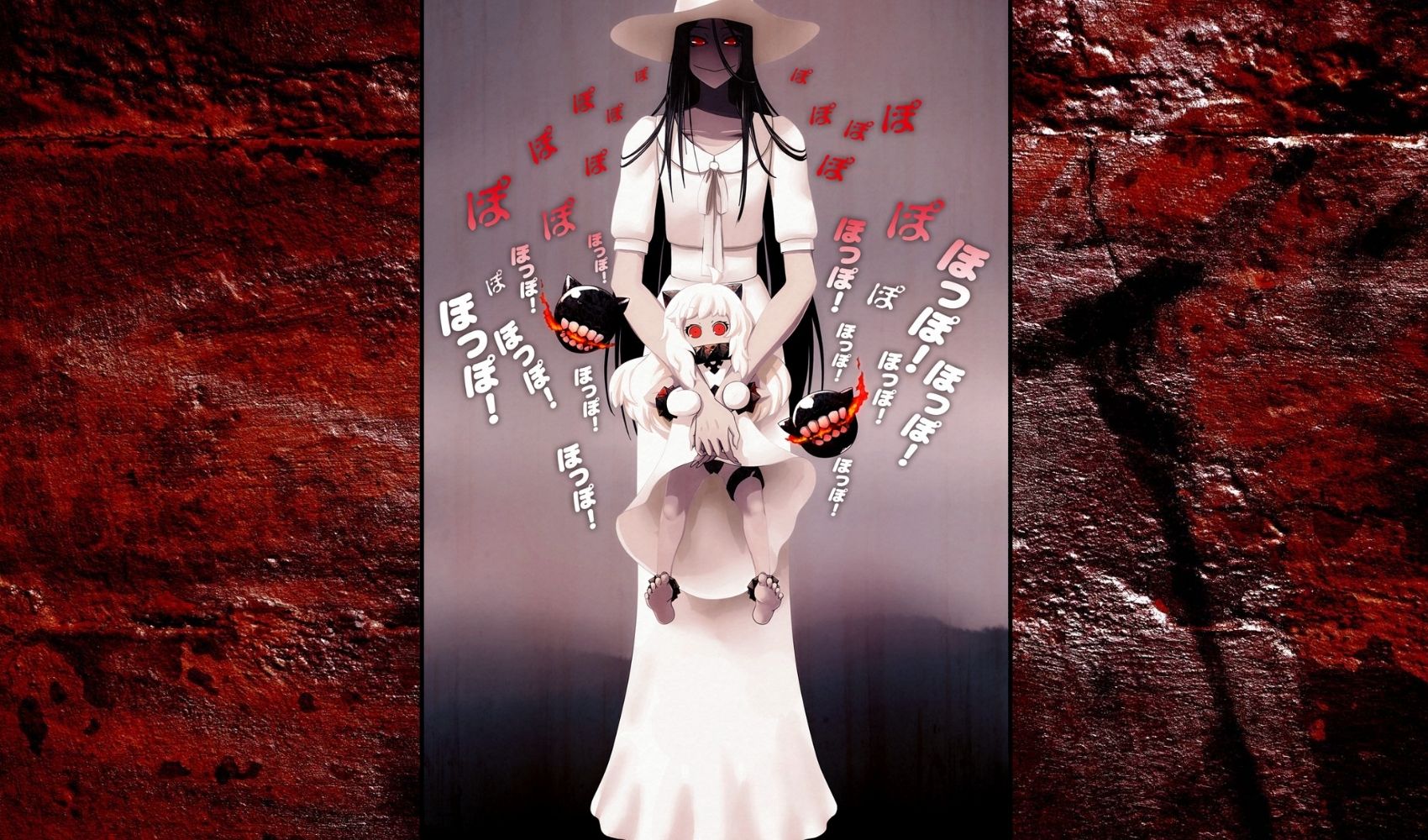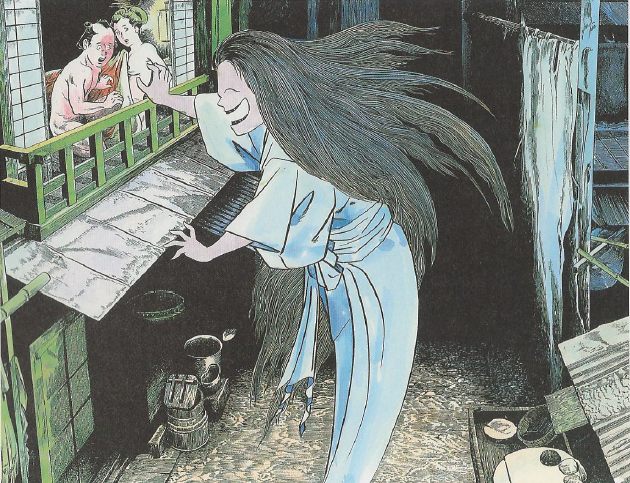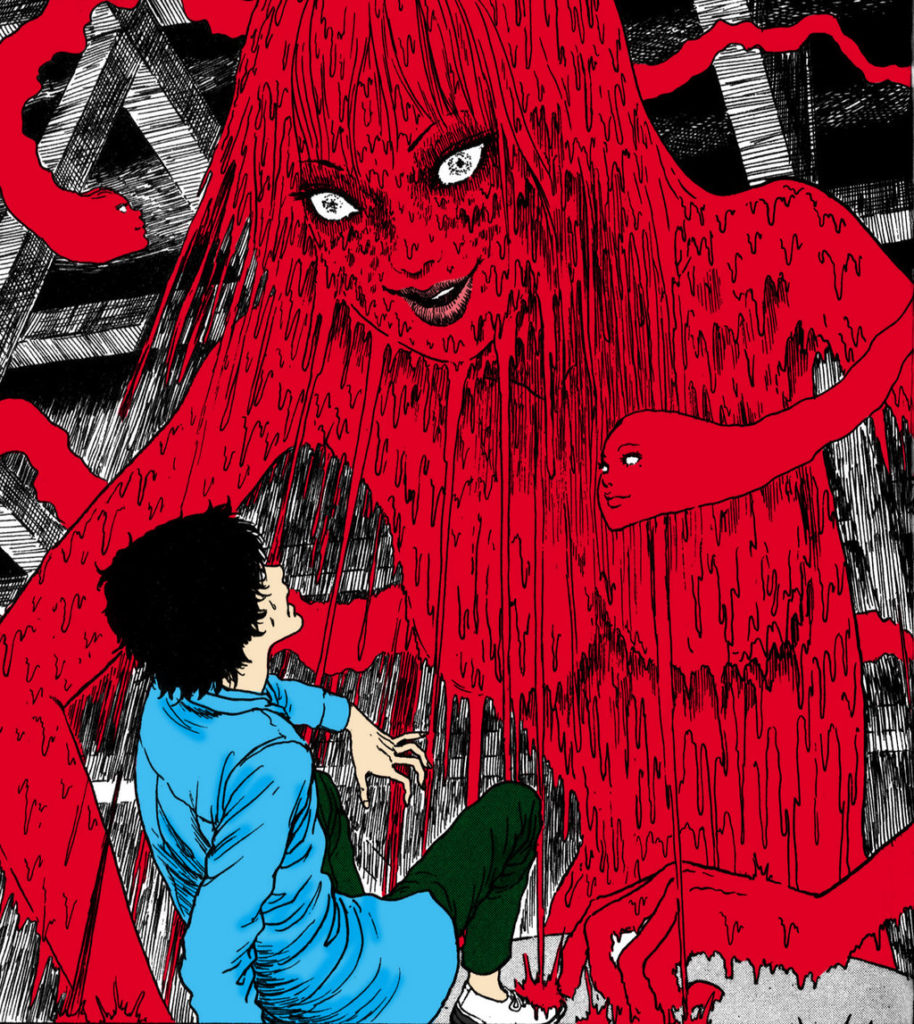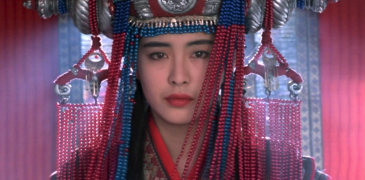
Hasshaku-sama, translated to ‘Miss Eight-Feet-Tall’, is a Japanese urban legend – who is possibly classified as a modern Yokai interpretation of ‘ Taka-onna’– originating on the Japanese message board 2Chan in 2002. The figure has strong parallels to ‘Slender Man ‘ in the West (invented itself in 2009 via Something Awful) – a sign her figure as a concept is perhaps intrinsically popular. At an intimidating two meters height, her imposing stature is the anomalous feature sure to overshadow most people – her silhouette between definitely terrifying the most stout hearts from such a menacing size.


As a similar phenomenon to the modern urban legend, there are historic folklore records in the Wakayama prefecture regarding a female Yokai incredibly tall referred to as ‘Takanyobo’. She was reputedly a scorned wife thrown into a well to die who subsequently stretched into a dazzling height to escape before seeking vengeance. These classical tales provide evidence of a longstanding significance to ‘tall women’ in Japanese folklore, which perhaps inspired this modern variant or reflects an appeal of such characteristics to popular imagination.

The modern tall woman, Hasshaku-sama, is portrayed to wear a wide brim Summer hat and white Summer dress, with an elongated figure to perhaps highlight her height. She lurks around a victim uttering a sound described as a crackling “po” in repetition, tormenting victims for days in creeping manifestations until their inevitable disappearance. Tales of Hasshaku-sama revolves around her primarily stalking and kidnapping children in particular – a prevalent trope in the ‘Creepypasta’ mythos online which might be relatable to the younger audiences these narratives usually attract. It is no doubt Creepypasta serve as an induction to the horror genre in the digital era, mirroring hushed campfire tales amongst teenagers as a trend.

Except her extraordinary height, which would certainly facilitate quite the stride, Hasshaku-sama supposedly possesses the power of mimicry for familiar voices to entice victims with whom she’s enthralled – ideal against children who may trust their older relatives as an authority. Reportedly, she is a relentless force once fixated – little will deter and hinder her. It is rumoured she may only be impeded from piles of salt as a typically European superstition of a mystical ingredient to counteract spirits. Details, however, are contradictory and varied in accounts as standard for folkloric affairs – time, regions and author all alter records to interpretations. How would you ever know which version is correct, and would you have time to try any concoction?
More Folklore Content
In the early 2000s, anime experienced a surge in popularity among Western audiences, marking a peculiar time for anime fans. However, as this unique form of animation gained mainstream attention,… Here’s a Japanese urban legend that’s the foundation of the upcoming horror film Howling Village from Ju-On‘s original creator, the existence of a spirit village that’s displaced in time and traditions…. When thinking about ghost movies, hardcore cinema buffs most definitely enumerate such classics as The Shining (1980), Poltergeist (1982), Ghostbusters (1984), or The Ring (1998). However, fans of Asian Cinema… Here are four Japanese franchises of survival horror games demonstrating their extraordinary talent at crafting atmosphere, each one establishing a significant legacy for cult followings. Besides mastery in constructing and…Yu-Gi-Oh Hangman Card Urban Legend – The Cursed Game Card
Urban Legend: The Ghost of Inunaki Village
Bewitching Demons, Fighting Monks, and Reincarnation: Revisiting A Chinese Ghost Story Franchise
The Golden Era of Japanese Horror Games
Some say the countdown begun when the first man spoke, others say it started at the Atomic Age. It’s the Doomsday Clock and we are each a variable to it.
Welcome to Carcosa where Godot lies! Surreality and satire are I.
I put the a(tom)ic into the major bomb. Tom’s the name!



